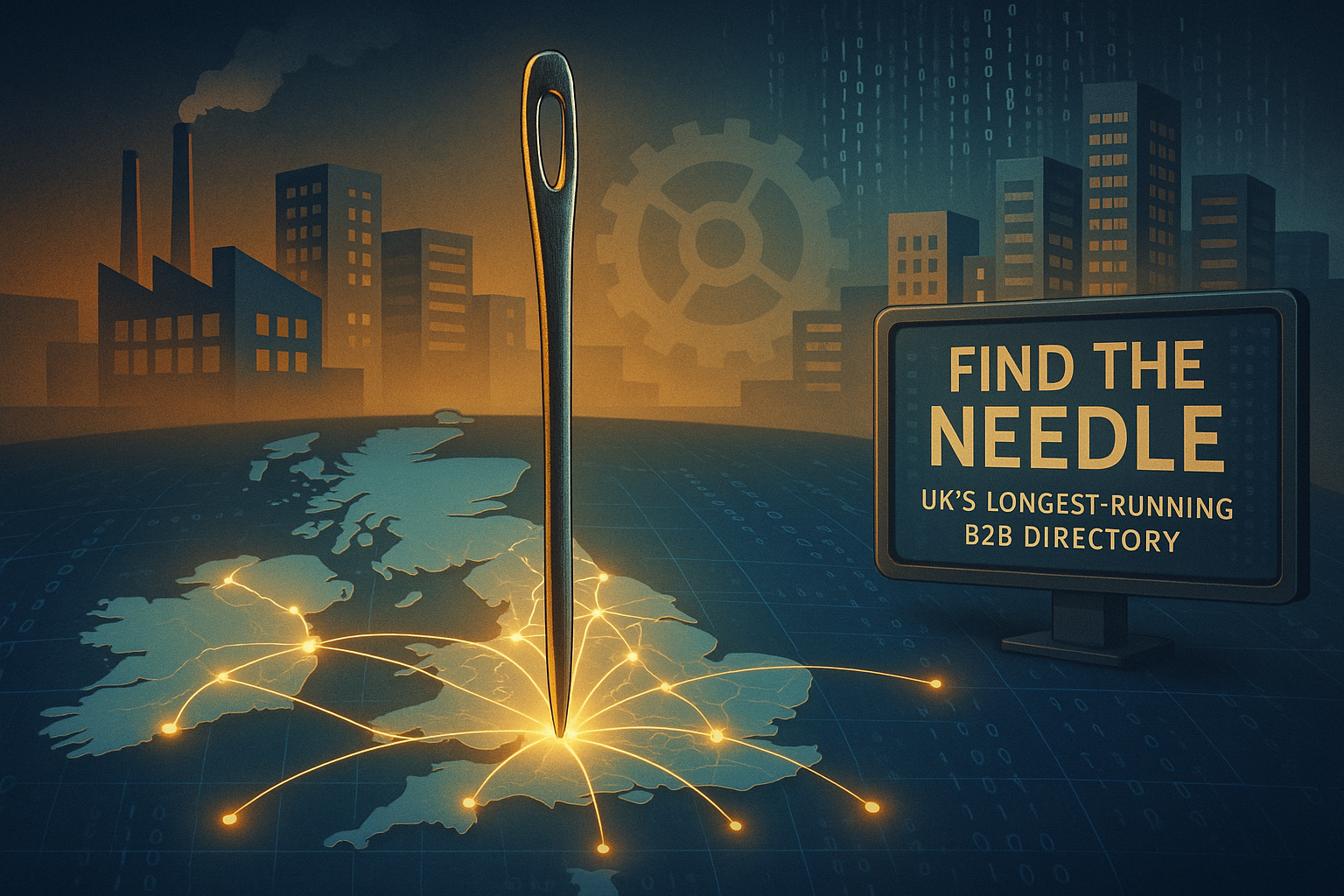Three Reasons Why There is No Dark Side to the Cloud
- 16 Nov 2017
- Articles
Cloud computing is an amazing invention that takes the strain off of personal and corporate servers and hard drives, and puts the information in an easily-accessible format: online. It allows you to streamline work between employees, it allows you to work better with your partners, and it is also a great way to back up your information. Here are the five most common reasons why you have been told to be wary of using the cloud, and why you shouldn’t be:
1. It’s a Subscription-Based Service
This point is rather moot. Yes, you are privy to the subscription prices of the company that you use, and it can be very difficult to switch over once you have started with a company. That, however, is how the world currently is. From music to games, to movies, to backup storage, we are moving away from buy-once programs to subscription-models that offer us more than we could pay for at once. Competition will grow, and if you want to switch, you will have to be prepared for it in advance. Moreover, just because it’s a subscription based service doesn’t mean it’s costlier. The cost savings that comes with decommissioning your own data centers more than makes up for the subscription model.
2. It’s Not Protected
Another reason you have likely heard that there is a dark side to the cloud is that your information is not protected. This means that your data can be susceptible to a virus, employees can access your information without your knowledge, or you’re at a higher risk of being hit by a cyber attack. While security has traditionally been a barrier to cloud adoption, recent development in cyber security technology is changing that. The most promising cloud security solution is a cloud access security broker (CASB), which every company and individual should be using. That way your data can be encrypted and protected.
3. You Can Lose Your Data
The other concern is that the company itself could be hacked or suffer damage, meaning you could lose your data completely. The solution to this is to, naturally, keep a backup of your own data. Use cloud computing as a means to have the data available to you at all times, but don’t stop backing things up on external hard drives you can keep safe on premises. This will also allow you to continue working if servers go down and you temporarily lose access to your data.
The cloud is still a relatively new creation, meaning that as time goes on it will mature, more practices and requirements will be put into place, as well as more security protocols. There is no dark side to the cloud when you take extra measures to protect your company and your data, which you should be doing anyway.







